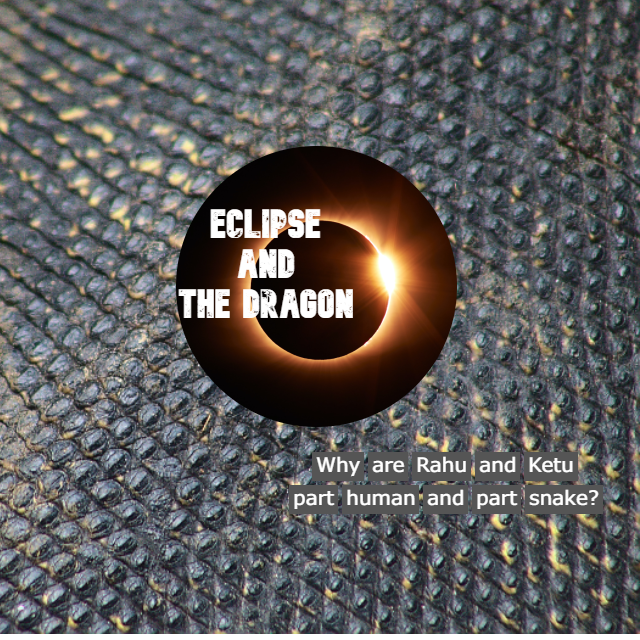Agasthiyar’s Tattuvam-300
Sri Sri Ravishankar gave me an assignment, sometimes back to translate certain works of Agasthiyar and Bhogar both of who belong to the Siddhar tradition. Until then I did not
Sri Sri Ravishankar gave me an assignment, sometimes back to translate certain works of Agasthiyar and Bhogar both of who belong to the Siddhar tradition. Until then I did not

How can a shadow be a planet? Can shadow qualify to be an object? What is the logic behind the part snake, part human representations of Rahu (Earth’s shadow) and
A few megalithic sites of South India are enigmatic. Besides they do not fall into the widely accepted idea that small groups of primitive people living close to a town
Continue readingSouth India Neolithic sites – A training ground for budding astronomers?
Jan 13th 2016 is Lohri, the end of winter festival according to the Punjabi calendar which was introduced in the 1st century BCE. Tradition considers Lohri to be the longest
Continue readingDid Harappans celebrate the Punjabi festival of Lohri?
Only a few people know the value of the commentaries of a 13th century scholar by the name Sayana or Sayanacharya. European translators could make no progress without his works.
Continue readingRishi Saunaka more important than Veda Vyasa to Max Muller?